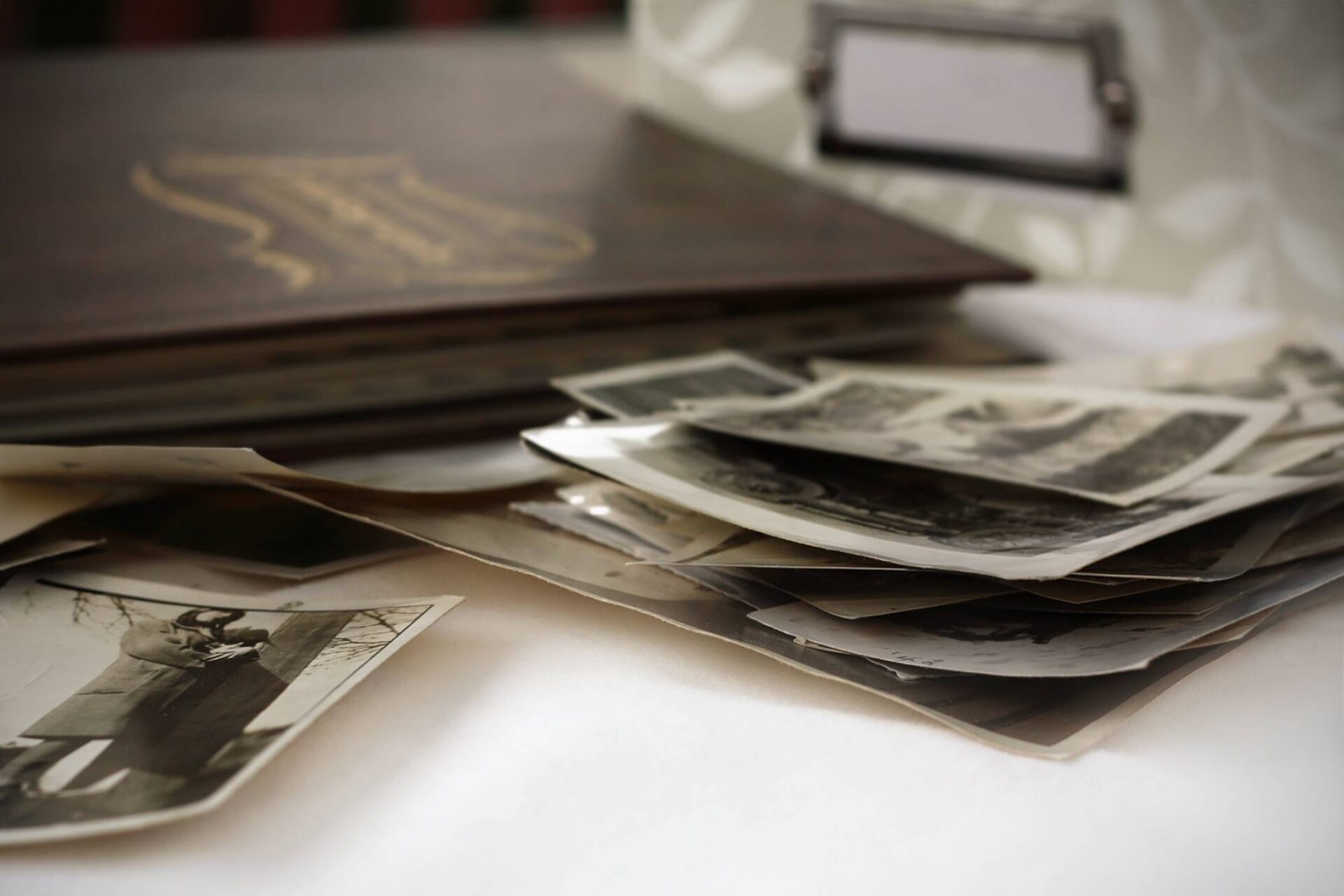In today’s fast-paced digital age, many people are reconnecting with their past by delving into their family history. Irish history, in particular, is rich with fascinating stories, and genealogy enthusiasts have much to discover about their ancestors. In order to preserve these precious records and documents, proper organization and storage is essential. This guide will help you organize and store your family history documents effectively, ensuring that your family’s story is preserved for generations to come.
Getting Started
Before you can organize and store your family history documents, you need to gather them and assess their current condition. This process can be overwhelming, especially if you have a large number of documents. To make it manageable, follow these steps:
Gather all available family history documents
- Collect any documents you already have, such as birth, marriage, and death certificates, photographs, diaries, letters, and newspaper clippings.
- Reach out to family members and ask if they have any documents or information to contribute.
- Conduct research in libraries, archives, and online databases to find additional records, such as census records, military service records, and immigration documents.
Assess the condition of your documents
- Examine each document to determine its physical condition. Note any damage, such as tears, stains, or fading.
- Create an inventory of your documents, noting the type of document, its date, and any significant information it contains. This will help you prioritize which documents to digitize or restore first.
Organizing Your Family History Documents
Now that you have gathered and assessed your documents, it’s time to organize them. This can be done both digitally and physically.
Digital Organization
- Scan your physical documents using a high-resolution scanner. Save the scanned images in a lossless file format, such as TIFF or PNG, to ensure the best quality.
- Create a consistent file-naming convention for your digital files. This may include the document type, date, and names of individuals mentioned in the document.
- Organize your digital files in folders according to family groups, document types, or chronological order. Choose a system that works best for your specific collection and research goals.
- Use genealogy software or a digital family tree platform to link your digital files to specific individuals in your family tree. This will make it easier to access and analyze your documents as you research your family history.
Physical Organization
- Sort your physical documents into categories, such as family groups, document types, or chronological order.
- Place each document in an acid-free, lignin-free archival sleeve or folder to protect it from damage.
- Label each sleeve or folder with the document’s details, such as the names of individuals mentioned, the document type, and its date.
- Store your sleeved or foldered documents in acid-free, lignin-free archival boxes or binders, organized according to your chosen system.
Storing Your Family History Documents Safely
Proper storage is essential for preserving your family history documents for future generations. Consider both digital and physical storage options.
Digital Storage Options
Store your digital files on multiple devices or platforms to protect against data loss. This may include external hard drives, cloud storage services, and/or CDs or DVDs.
- Regularly backup your digital files to ensure that you have the most recent version saved in multiple locations.
- Consider using a digital preservation service specifically designed for family history documents, such as those offered by genealogy websites and archives. These services often include additional features, such as collaborative tools and automatic backups.
Physical Storage Options
- Store your physical documents in a cool, dry, and dark environment, away from direct sunlight, high temperatures, and humidity. These conditions can cause damage to your documents over time.
- Avoid storing your documents in basements, attics, or garages, as these areas are prone to temperature fluctuations and moisture.
- Consider investing in a fireproof and waterproof storage container for added protection.
Preserving Your Family History Documents
Preserving your family history documents requires ongoing care and attention. Follow these steps to ensure that your documents remain in good condition:
Handle your documents carefully
- Always wash and dry your hands before handling documents to prevent the transfer of oils and dirt.
- Hold documents by their edges and avoid touching the surface of the document, especially if it contains photographs or delicate materials.
- Use a clean, flat surface to view your documents, and avoid placing them on unstable or dirty surfaces.
Monitor the condition of your documents
- Regularly inspect your documents for signs of deterioration, such as fading, discoloration, or insect damage.
- Address any issues promptly by consulting a professional conservator or seeking advice from an archival institution.
Keep your documents clean
- Dust your storage containers and the area around them regularly to prevent the accumulation of dirt and debris.
- If your documents become dirty, consult a professional conservator for advice on cleaning techniques appropriate for your specific materials.
Sharing and Collaborating with Family Members and Researchers
Sharing your family history documents with others can enrich your research and help you make new connections. Consider these options for collaboration:
Share your digital files with family members and other researchers
- Use cloud storage services or genealogy websites to create shared folders, allowing others to view and contribute to your digital document collection.
- Participate in online forums, social media groups, or genealogy websites to connect with others researching similar family histories or geographic regions.
Participate in local and regional genealogy events
- Attend genealogy conferences, workshops, and presentations to network with other researchers and learn new techniques for organizing and preserving your family history documents.
- Share your research findings and document collection with local genealogy societies or historical organizations to contribute to a broader understanding of your family’s history and the history of your region.
Utilizing Technology for Enhanced Document Management and Collaboration
Embrace the power of technology to help you manage, analyze, and share your family history documents more efficiently:
Optical Character Recognition (OCR) software
- Use OCR software to convert your scanned documents into editable and searchable text. This will make it easier to search for specific names, dates, or other information within your documents.
- There are many OCR software options available, including free and paid versions. Choose one that fits your needs and budget.
Metadata and tagging
- Add metadata and tags to your digital files to improve searchability and organization. Metadata can include information such as the document type, date, location, and names of individuals mentioned in the document.
- Some genealogy software and digital family tree platforms allow you to add metadata and tags directly to your digital files, streamlining your organization process.
Collaborative research platforms
- Take advantage of collaborative research platforms specifically designed for genealogy, such as online family tree builders, shared document repositories, and research forums. These platforms enable you to collaborate with other researchers and family members in real-time, facilitating the exchange of information and discoveries.
Developing a Long-Term Preservation Plan
Creating a long-term preservation plan for your family history documents will ensure that they remain safe and accessible for future generations. Consider the following steps as you develop your plan:
Regularly update and migrate digital files
- As technology evolves, it’s important to update and migrate your digital files to newer file formats and storage media to prevent data loss due to obsolescence.
- Set a schedule to review your digital files and their storage media at least once every few years, ensuring that they remain compatible with current technology.
Monitor environmental conditions
- Continually monitor the environmental conditions of your physical document storage area, checking for any signs of temperature fluctuations, humidity, or pest infestations.
- Consider investing in a hygrometer to measure humidity levels and a thermometer to monitor temperature, helping you maintain a stable environment for your documents.
Create a disaster plan
- Develop a disaster plan for your family history documents in case of emergencies, such as fires, floods, or natural disasters. This may include instructions for evacuating and salvaging your documents, as well as contact information for professional conservators and insurance providers.
- Share your disaster plan with family members and other researchers involved in your family history project, ensuring that everyone is aware of the necessary steps to take in an emergency.
By implementing these strategies and best practices, you will create a robust and sustainable system for organizing and storing your family history documents. Your dedication to preserving your family’s Irish history will not only benefit your own research but will also contribute to the broader understanding and appreciation of Ireland’s rich heritage.






Leave a reply